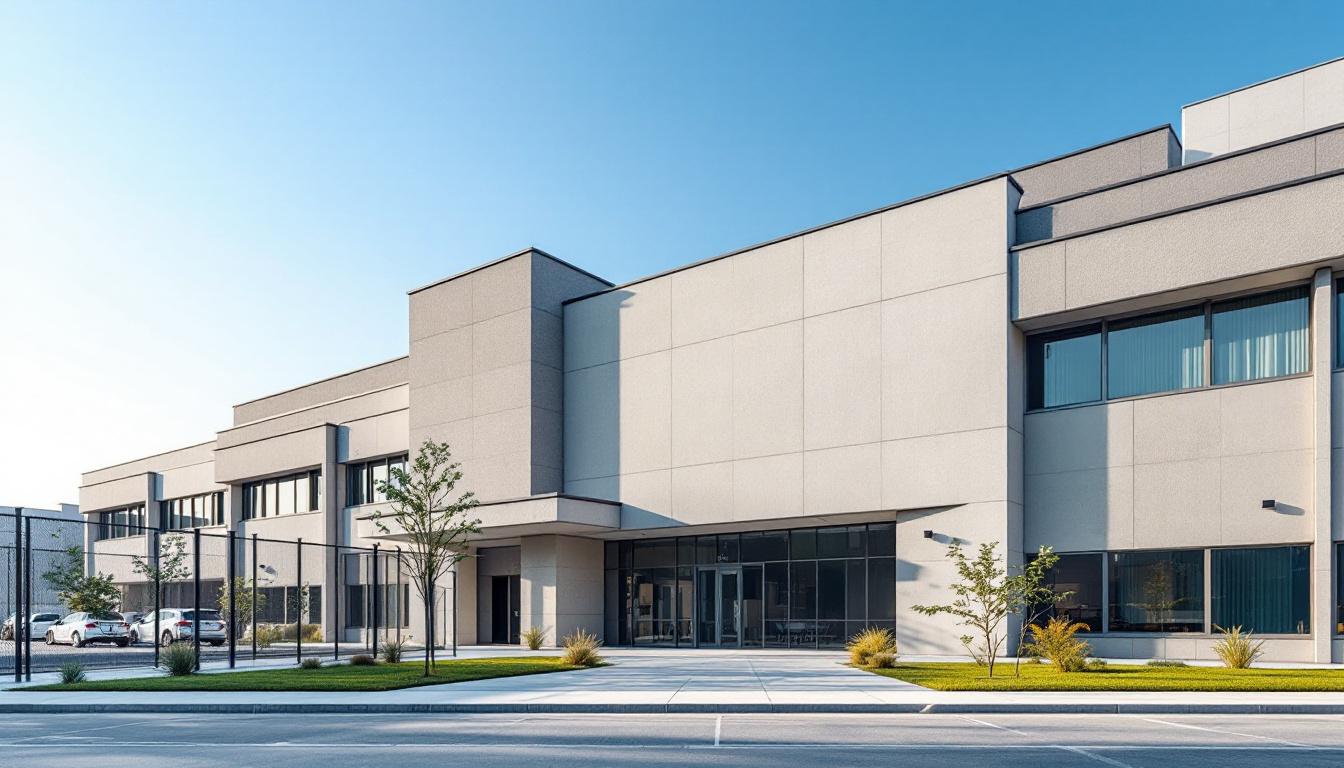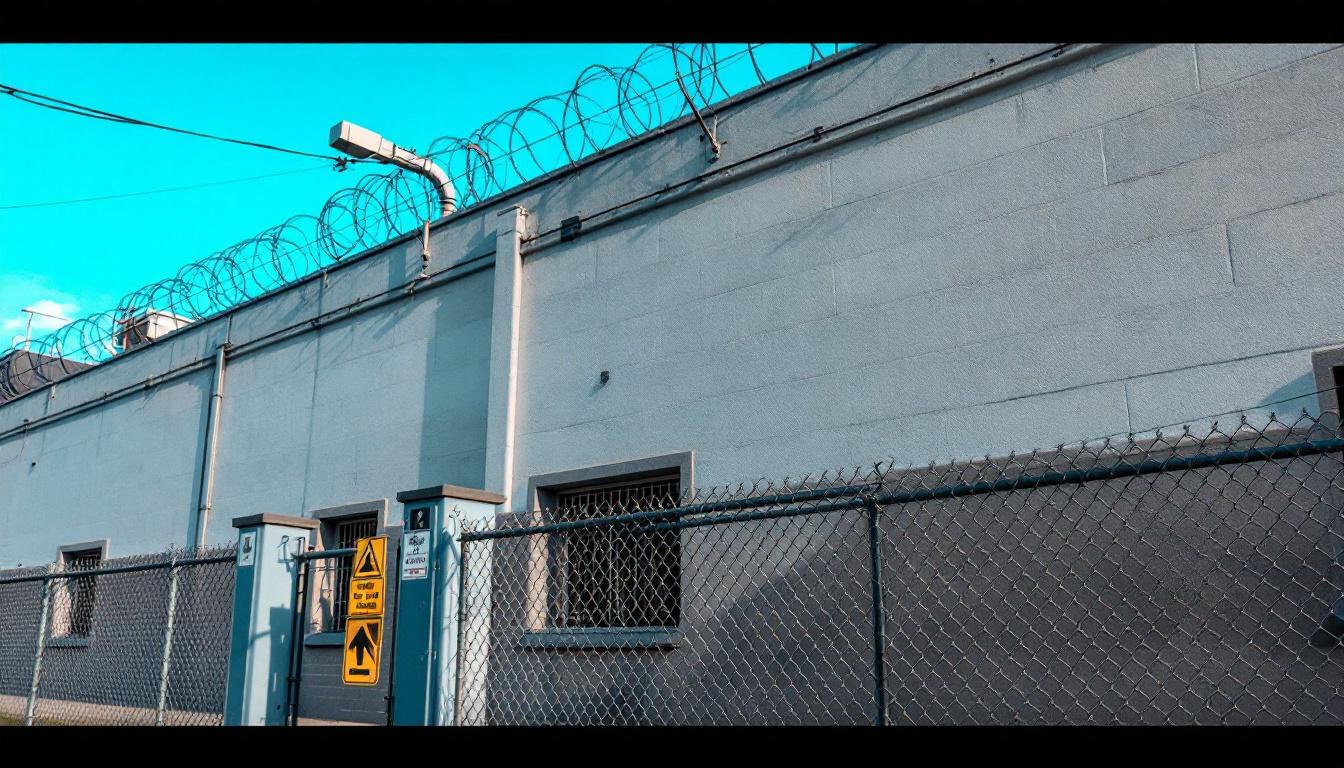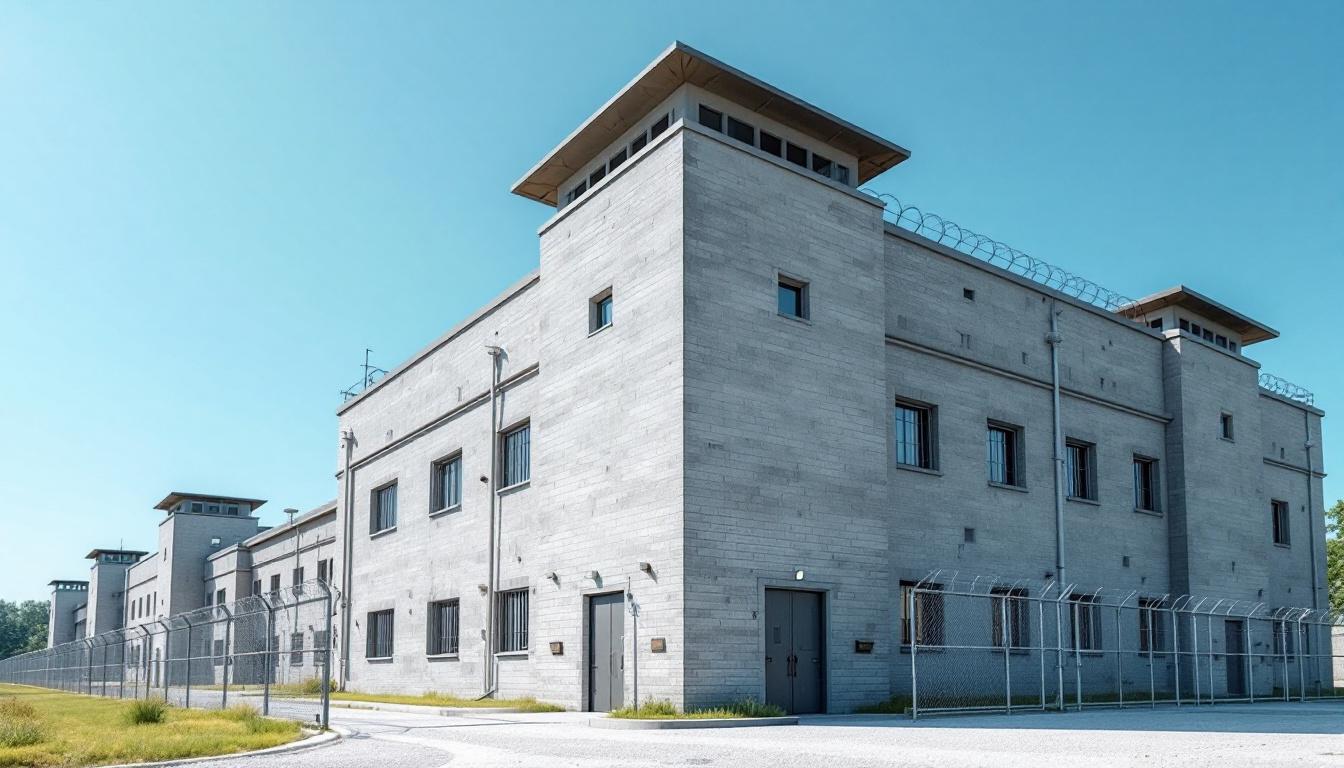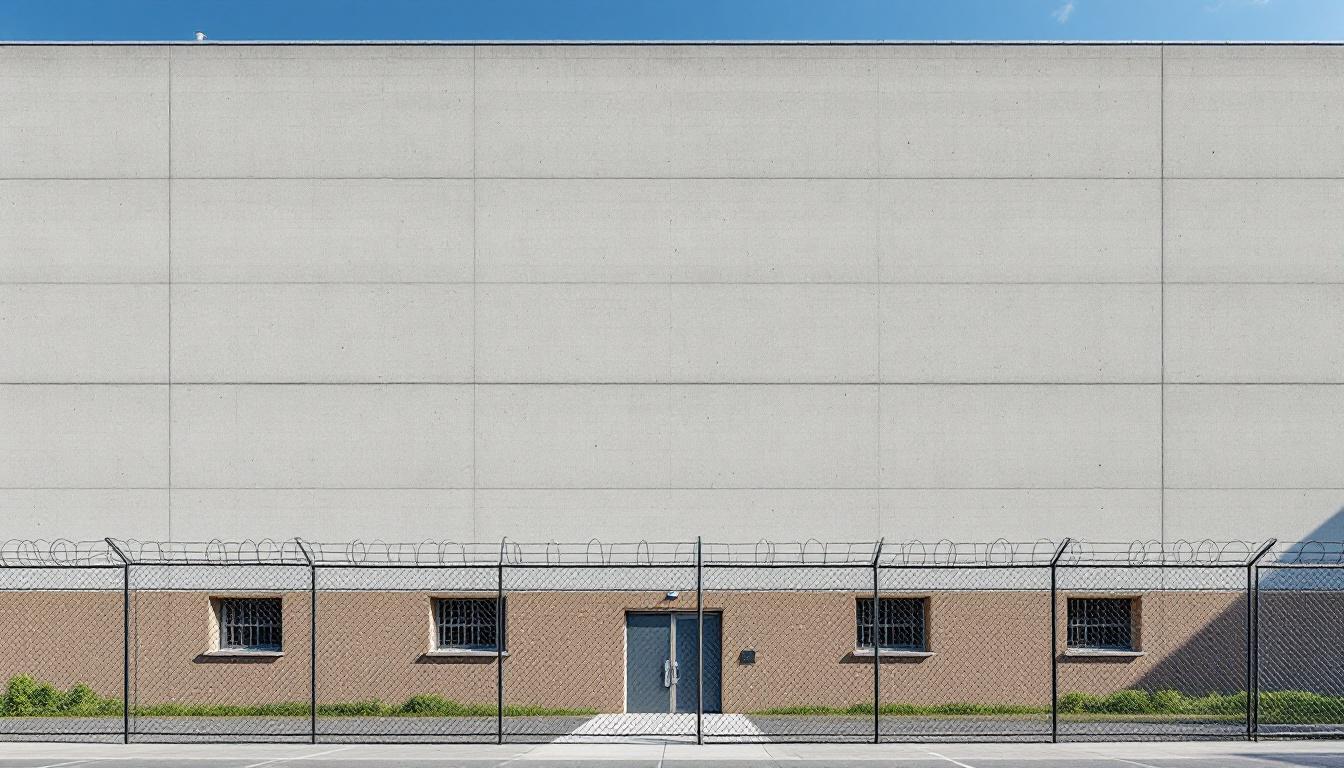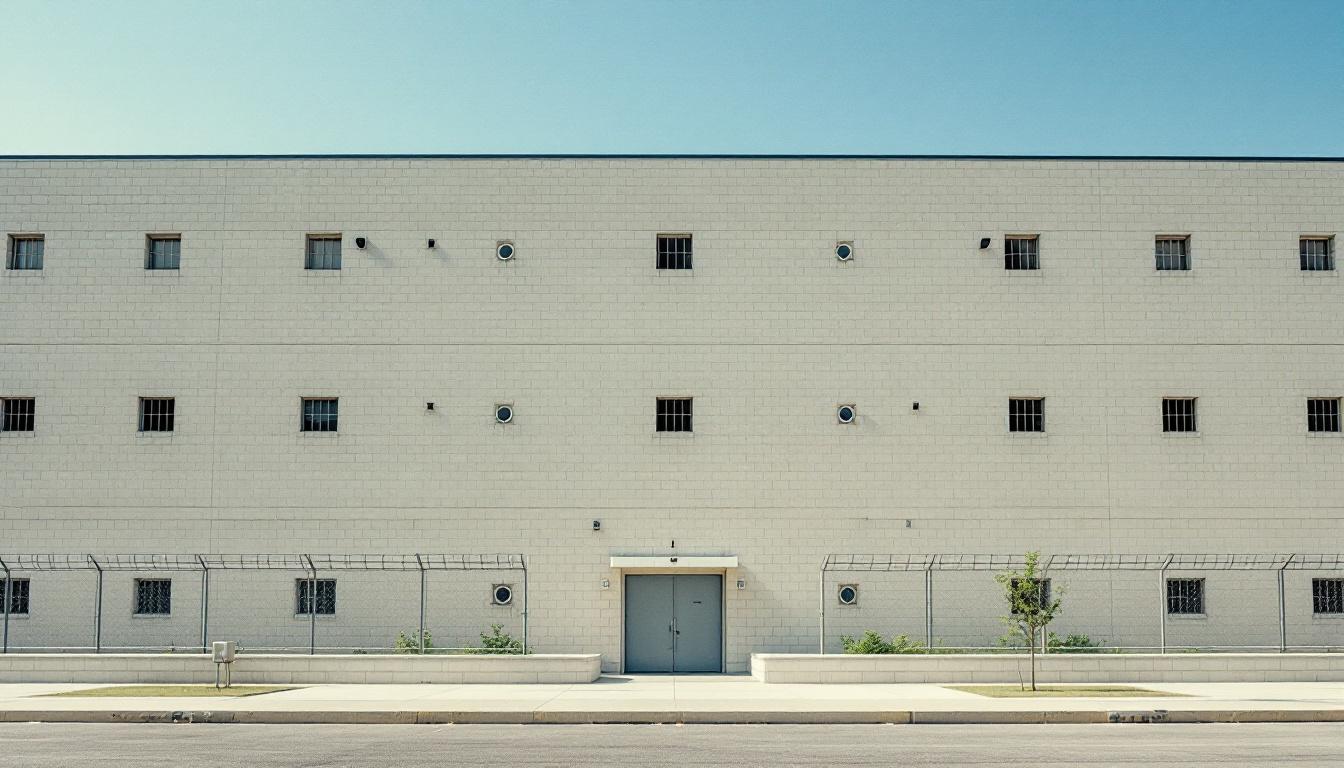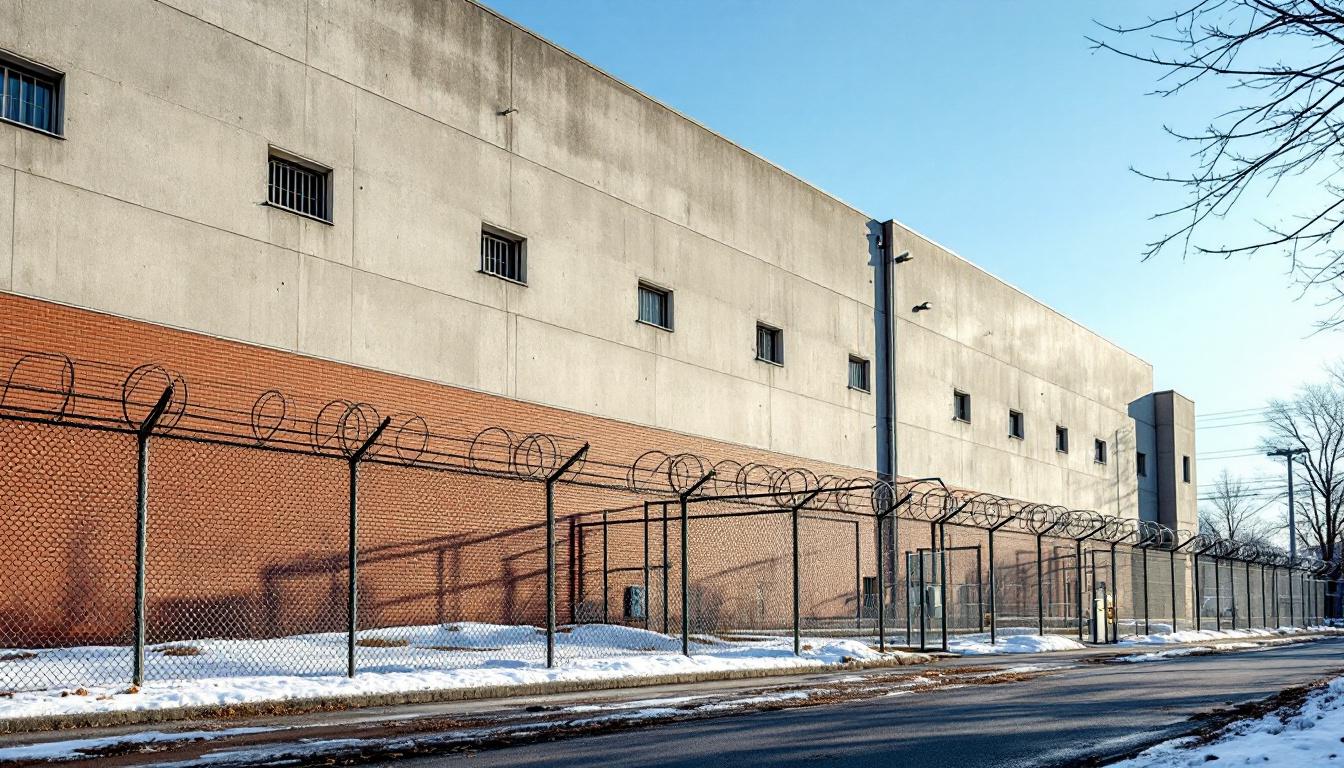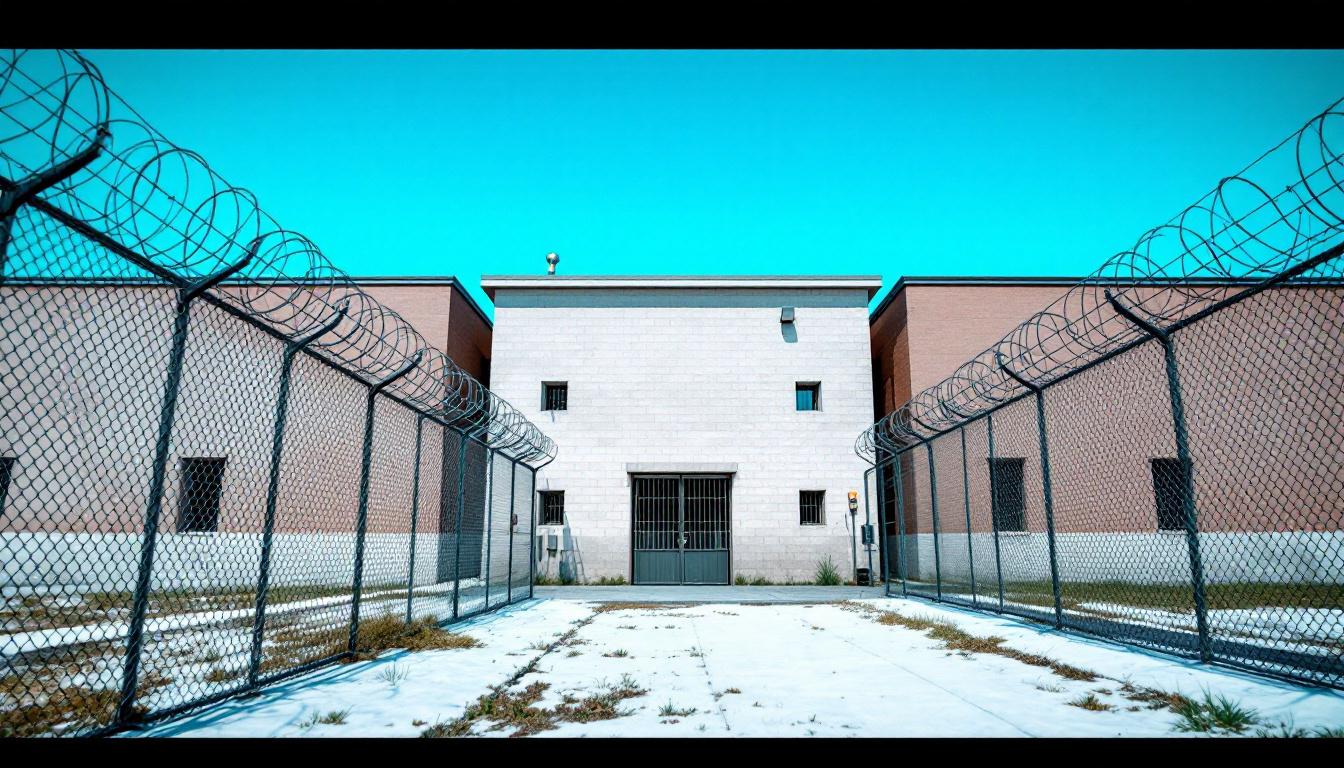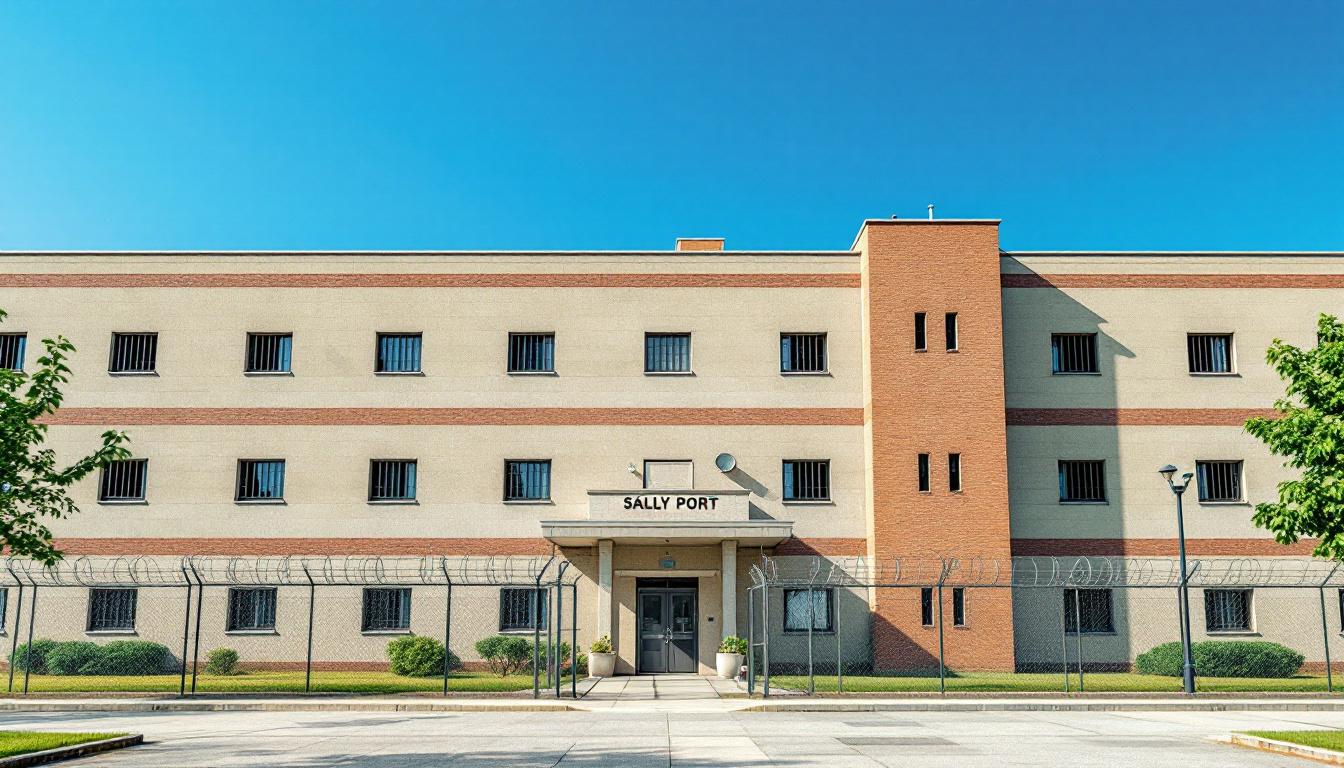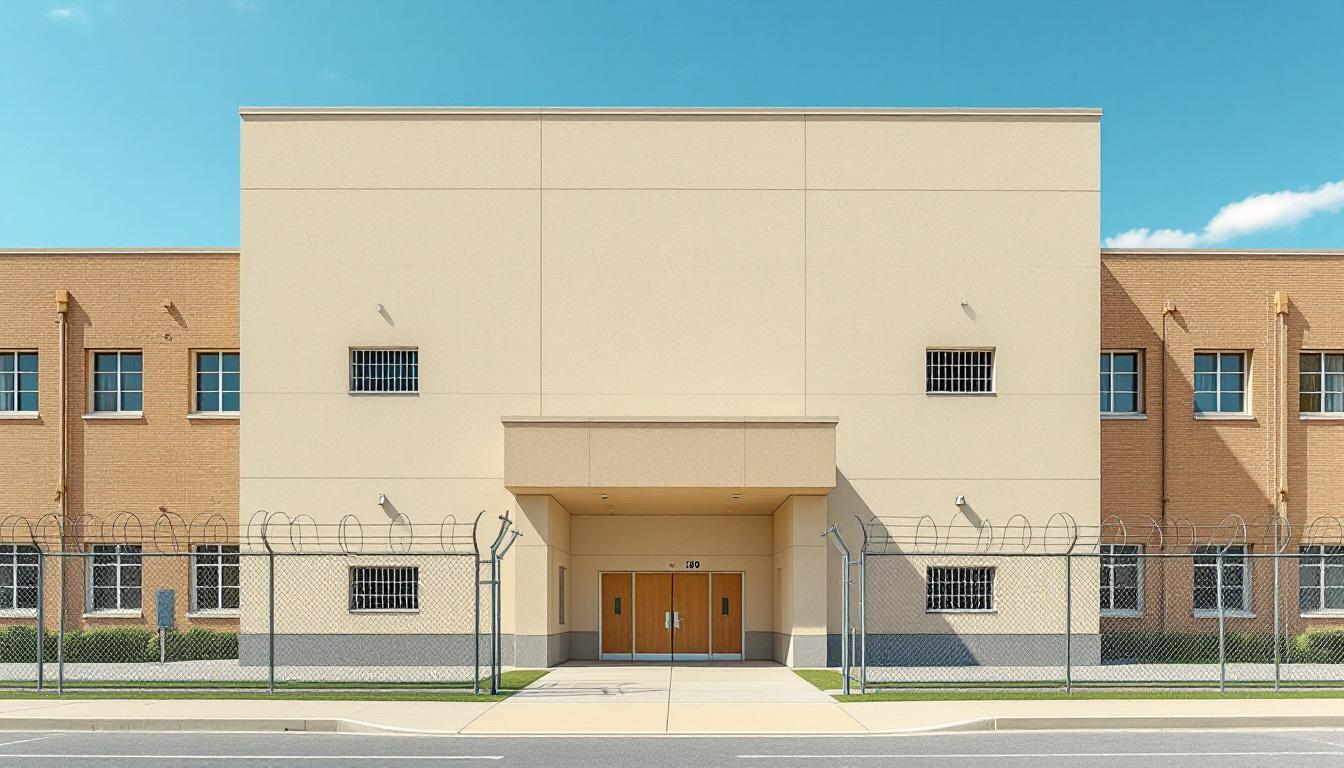
Quick Navigation
How to contact an inmate at Chesapeake City Jail
This comprehensive guide will walk you through how to connect with an inmate at Chesapeake City Jail. Follow the steps below to find an inmate and send letters and photos:
- Search for the inmate using our search tool below
- Create your account or log in to Penmate
- Write your message (up to 6,000 characters)
- Send instantly - inmates receive printed copies daily
Find an Inmate
Search for an inmate to start communicating today
Tip: You can search by first name, last name, or inmate ID number
To contact a person at Chesapeake City Jail start by searching for the person on the official facility website. Perform a search by following these steps:
- Step 1: Enter their first name and last name into the search form and click "Search"
- Step 2: Locate their inmate record
- Step 3: Write down their Inmate ID and any housing information provided
Important! Be sure to enter the person's full name. Nicknames should not be used.
How to Send Messages to Inmates

You can use your phone or computer to send emails, letters, and photos to an inmate. Messages are sent electronically to inmate tablets or kiosks at the facility. If you would like to send a message, start by searching for an inmate at Chesapeake City Jail.
Sending Photos and Postcards

A great way to send love and support to a loved one at Chesapeake City Jail is to send photos and postcards. It only takes a few minutes to send photos from your phone and it makes a huge difference. You can also mail postcards with words of support and inspiration, or design your own postcard for special moments like birthdays and holidays.
Important! Be sure not to send any explicit photos or they may not be approved by the facility. You can also use a photo printing app like Penmate to make sure your photos are printed at the correct size (4x6 or 3x5) and are mailed according to the rules and regulations of Chesapeake City Jail.
Frequently asked questions about Chesapeake City Jail
-
How long does it take to deliver a message?
If you're sending an email message your letter is usually delivered within 24-48 hours. For messages sent via mail you should expect delivery within 3-7 days. All messages will need be approved by Chesapeake City Jail.
-
How much does it cost to send a message to Chesapeake City Jail?
You can send a message free using your phone or mail a message via USPS for the price of a $0.60 stamp and envelope. You can also purchase credits or e-stamps from services starting at $1.99.
-
What services can I use to contact an inmate at Chesapeake City Jail?
Penmate
You can use Penmate to send letters and photos to an inmate from your phone. It's an easy way to stay in touch during your loved one's incarceration. Use the inmate locator to find an inmate's location and contact information, then you can send messages within a few minutes.
Securus messaging
Securus may be another option for communicating with an inmate at Chesapeake City Jail. You can create a friends and family account and purchase credits to send messages. All messages will be reviewed and must be approved by the facility.
JPay
Some county jails and state prisons may support sending messages with JPay. You must register an account with the system, find your loved one, and purchase stamps to send messages. For some locations you can also attach photos.
Smart Jail Mail
You may also check if Smart Jail Mail is available at Chesapeake City Jail. Smart Jail Mail is operated by Smart Communications and has contracted with some state and county jails. After purchasing credits, your messages and photos are sent to the facility, printed out, and then handed out to your loved one.
-
What is the mailing address of Chesapeake City Jail?
Mailing address:
Chesapeake City Jail
400 Albemarle Dr
Chesapeake, VA 23322
Phone: (757) 382-2883 -
What are the visiting hours at Chesapeake City Jail?
Visiting hours at Chesapeake City Jail vary by housing unit and security level. Generally, visits are scheduled on weekends and holidays, with some facilities offering weekday visits. Contact the facility directly at (757) 382-2883 or check their website for the current visiting schedule. Visits typically last 30-60 minutes and must be scheduled in advance.
-
What items are prohibited when sending mail to Chesapeake City Jail?
Prohibited items typically include: cash, personal checks, stamps, stickers, glitter, glue, tape, staples, paperclips, polaroid photos, musical or blank greeting cards, hardcover books, magazines with staples, and any items containing metal or electronics. Only send letters on plain white paper with blue or black ink. Photos must be printed on regular photo paper (no Polaroids). Always check with Chesapeake City Jail for their specific mail policies.
-
How do I send money to an inmate at Chesapeake City Jail?
You can send money to an inmate at Chesapeake City Jail through several methods: 1) Online using JPay, Access Corrections, or the facility's approved vendor, 2) Money orders mailed directly to the facility with the inmate's name and ID number, 3) Kiosks located in the facility lobby, or 4) Over the phone using a credit or debit card. Fees vary by method, typically ranging from $2.95 to $11.95 per transaction.
-
Can I schedule a video visit with an inmate at Chesapeake City Jail?
Many facilities now offer video visitation as an alternative to in-person visits. At Chesapeake City Jail, video visits may be available through services like Penmate, Securus Video Connect, GTL, or ICSolutions. Video visits typically cost $10-20 for 20-30 minutes and must be scheduled in advance. You'll need a computer or smartphone with a camera and reliable internet connection. Contact the facility for their specific video visitation policies and approved vendors.
-
What identification do I need to visit an inmate at Chesapeake City Jail?
All visitors must present valid government-issued photo identification such as a driver's license, state ID, passport, or military ID. Minors must be accompanied by a parent or legal guardian who can provide the minor's birth certificate. Some facilities require visitors to be on the inmate's approved visitation list, which may require a background check. Contact Chesapeake City Jail for specific ID requirements and visitor approval procedures.
-
How can I find out an inmate's release date?
To find an inmate's release date at Chesapeake City Jail, you can: 1) Use the online inmate search tool if available, 2) Call the facility's records department, 3) Contact the inmate's case manager or counselor, or 4) Have the inmate provide this information during a call or visit. For privacy reasons, some facilities only release this information to immediate family members.
Facility Overview
Contact Information
Chesapeake City Jail400 Albemarle Dr
Chesapeake, VA 23322
Phone: (757) 382-2883
Official Website
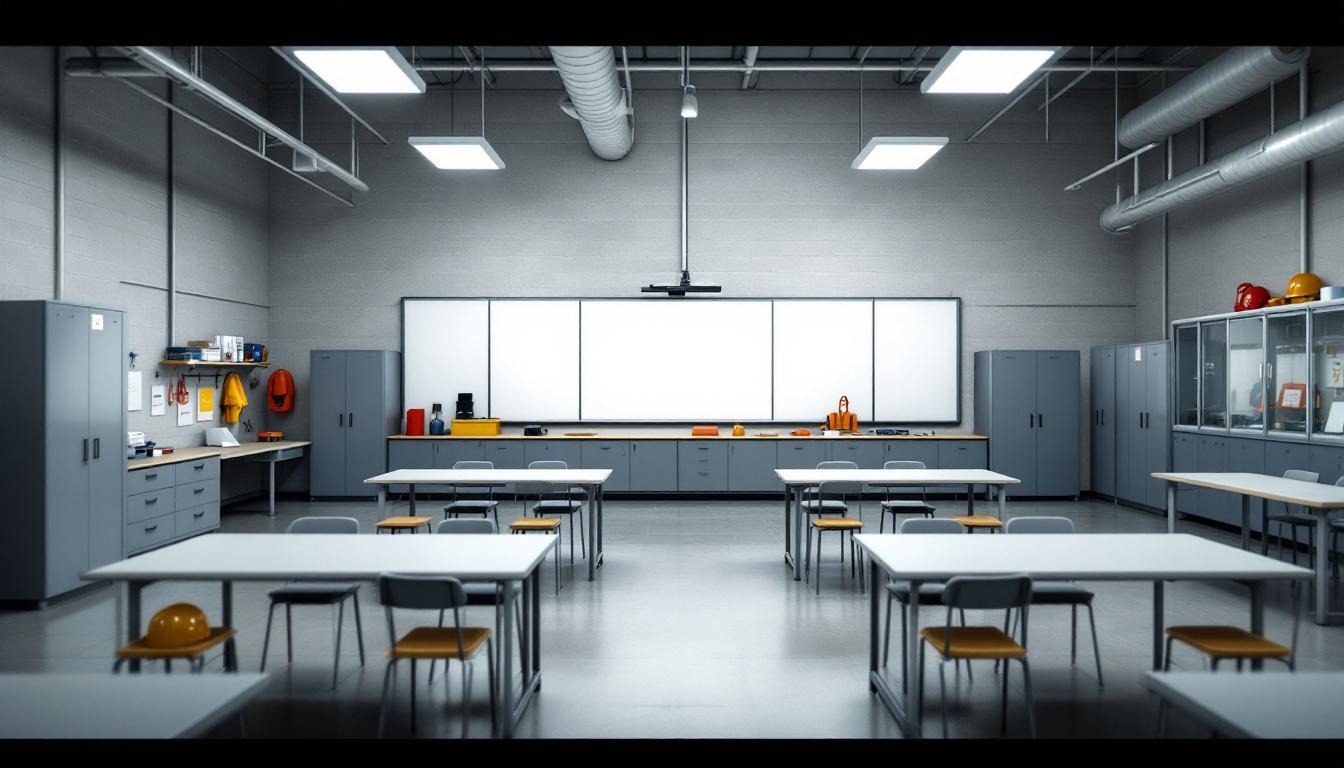
About Chesapeake City Jail
County jail facilities serve as crucial components within Virginia's correctional framework, housing individuals awaiting trial, serving shorter sentences, or transitioning between different stages of the judicial process. The Chesapeake Jail, VA operates within this essential infrastructure, providing secure detention services for the population services in Pinellas Park, VA and surrounding areas. As a VA correctional facility, it typically functions under county administration while maintaining connections to broader state correctional standards and protocols.
This county jail generally serves a diverse population that may include pre-trial detainees, individuals serving misdemeanor sentences, and those awaiting transfer to other facilities. The facility often works to maintain connections between detained individuals and community resources, recognizing that successful reintegration frequently depends on preserving family relationships and community ties. Programs may include basic educational services, substance abuse counseling, and job readiness preparation, though specific offerings can vary based on available resources and community partnerships. The jail typically coordinates with local organizations to provide support services that address underlying issues contributing to criminal behavior.
Located in Pinellas Park, VA, the facility operates within the broader context of Virginia's correctional system while serving the specific needs of its regional population. Community partnerships often play a vital role in supporting both current programming and post-release planning, as local organizations may provide mentorship, housing assistance, and employment connections. The jail's approach generally emphasizes maintaining family connections through visitation programs and communication services, understanding that strong community support networks contribute significantly to successful rehabilitation and reduced recidivism rates throughout the region.
Programs & Services
Support reaches the population through comprehensive programs designed to address multiple aspects of personal development and successful community reintegration. The facility typically operates on a philosophy that meaningful change occurs when individuals have access to structured learning opportunities and therapeutic interventions. These programs often focus on building practical skills while addressing underlying behavioral patterns that may contribute to recidivism.
Educational programs may supply basic literacy instruction, GED preparation, and continuing education opportunities for the population. These academic services often include computer literacy training and basic mathematics instruction. Furthermore, vocational training programs typically provide hands-on experience in trades such as carpentry, food service, and maintenance skills. The population often participates in these programs to develop marketable job skills that support successful reentry into the workforce.
Cognitive behavioral programs address thinking patterns and decision-making processes through structured group sessions and individual counseling. Community service opportunities may allow participants to contribute positively while developing work habits and social responsibility. Furthermore, life coaching services often include time management instruction and goal-setting workshops. Wellness programs typically encompass physical fitness activities, stress management techniques, and health education components. These support services work together to help the population develop coping strategies and practical life skills essential for maintaining stability after release.
Daily Life & Visitation
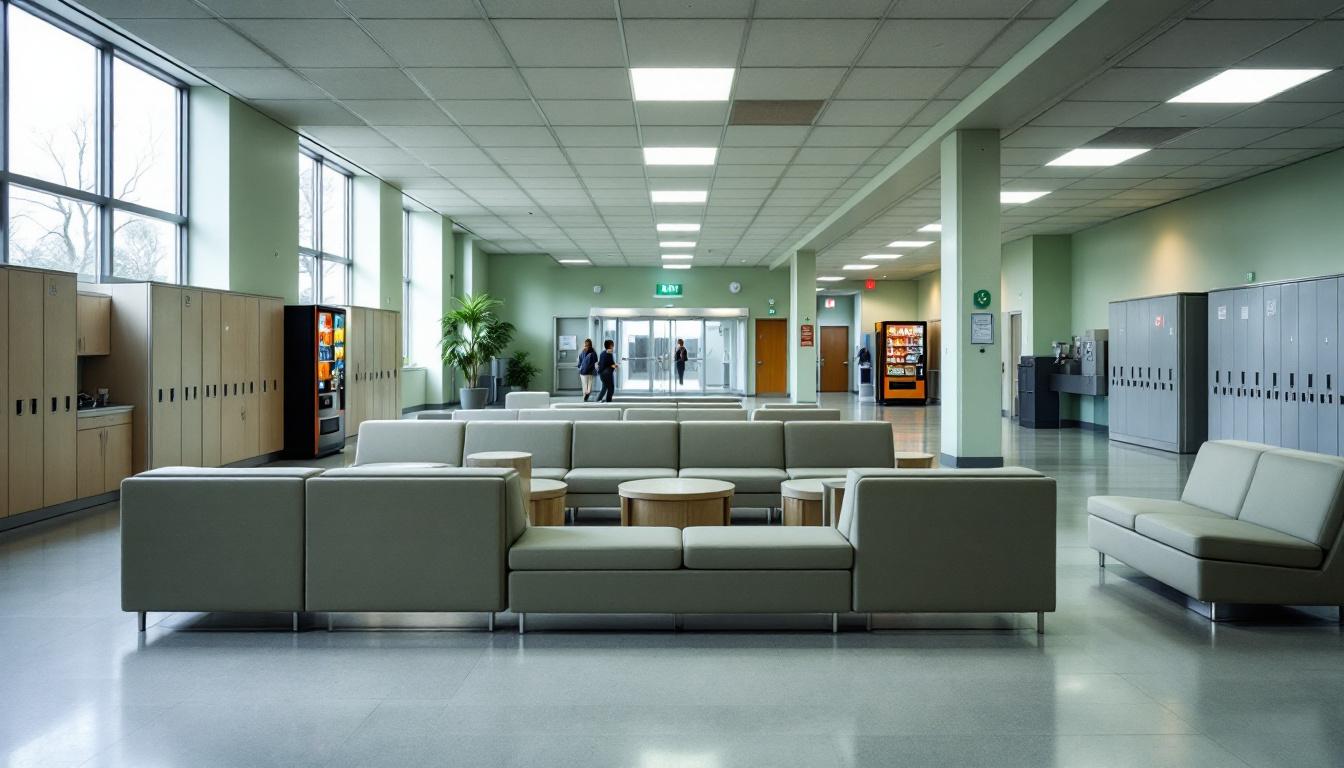
Systematic organization shapes every aspect of the experience for the population at Chesapeake Jail, where structured scheduling currently governs daily activities and continues to provide predictable routines. The facility typically operates on a regimented schedule that includes designated times for meals, recreation, and programming activities. Security procedures generally involve regular counts throughout the day, and the population usually follows established protocols for movement between different areas of the facility.
Housing arrangements typically place residents in dormitory-style units or individual cells, depending on classification levels and available space. Living accommodations generally include basic furnishings and personal storage areas, with the population having access to commissary services for approved personal items. Furthermore, dining arrangements usually involve scheduled meal times in designated areas, with meals prepared according to standard nutritional guidelines and dietary requirements.
The facility typically supplies various recreational activities and structured programming opportunities to support rehabilitation and maintain daily structure. Exercise periods generally occur in designated areas, and the population may have access to educational programs, vocational training, or counseling services. Although visitation policies vary based on security classifications, family connections usually remain possible through scheduled visits and phone privileges. Work assignments within the facility often include kitchen duties, maintenance tasks, and cleaning responsibilities, which supply additional structure to daily routines while teaching valuable skills.
Ready to Connect?
Start communicating with your loved one today
Search for an Inmate
